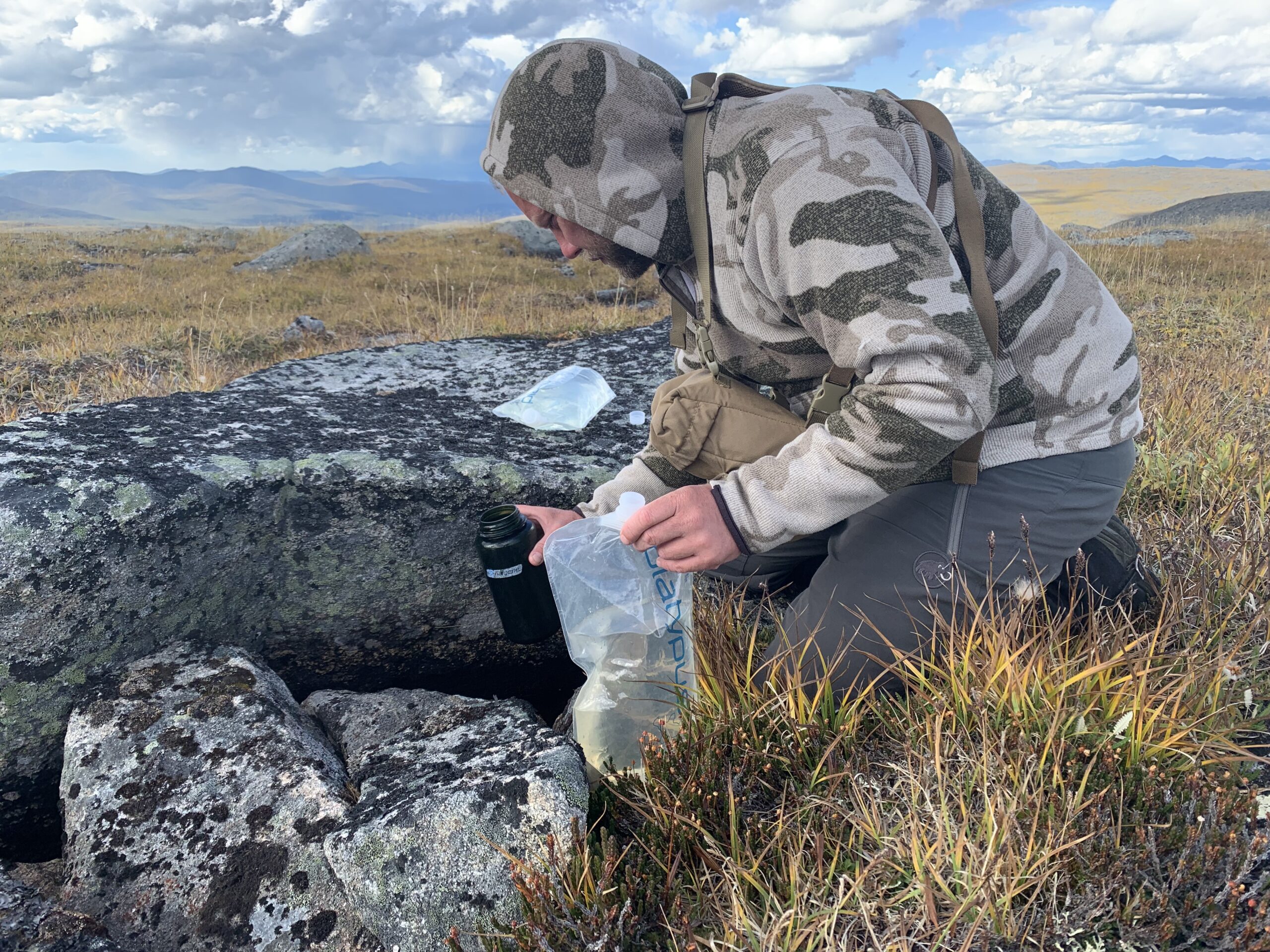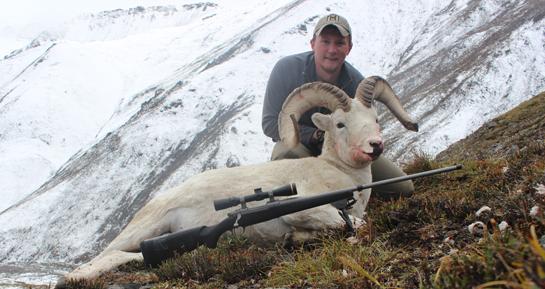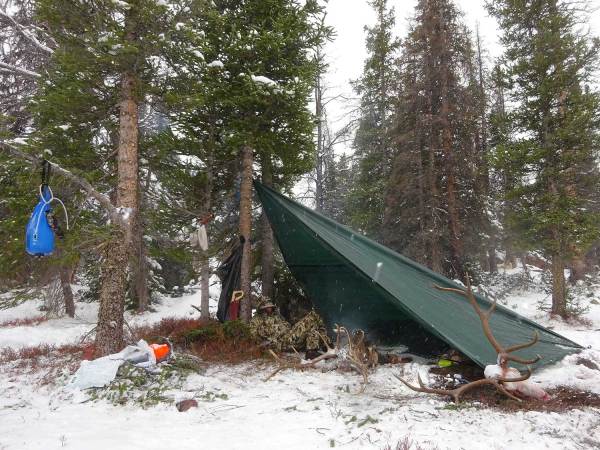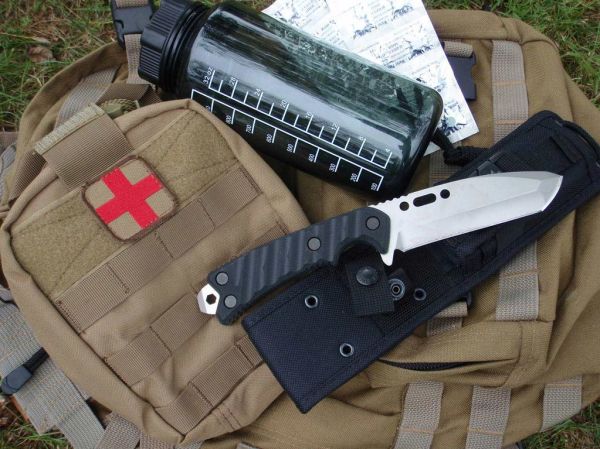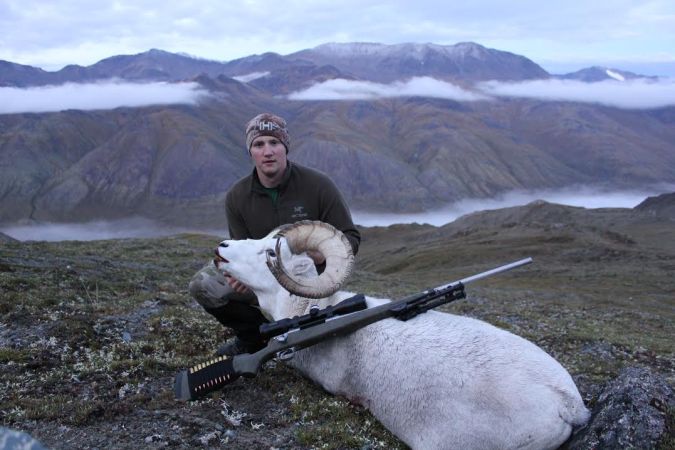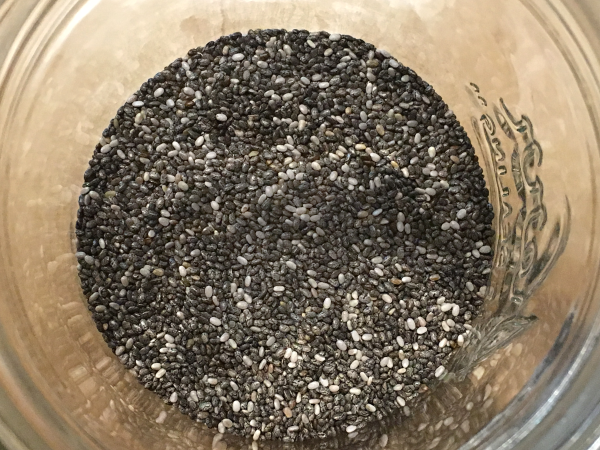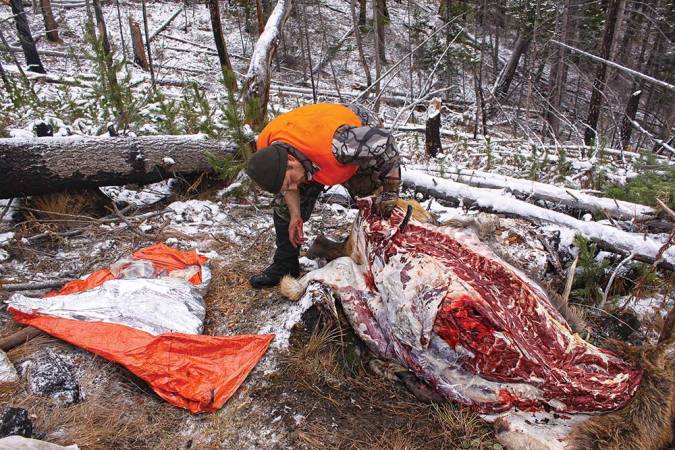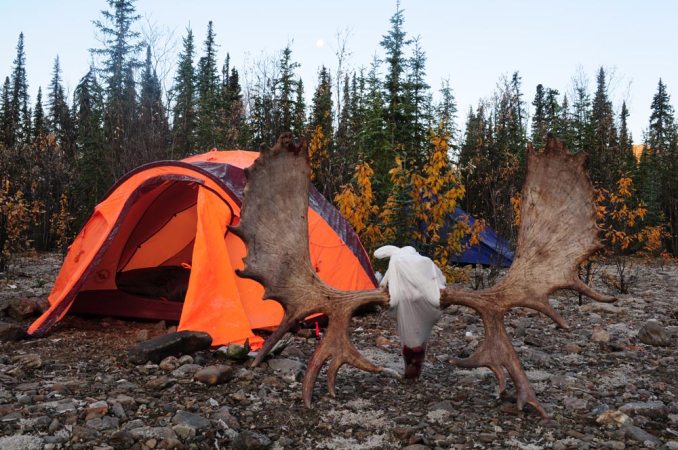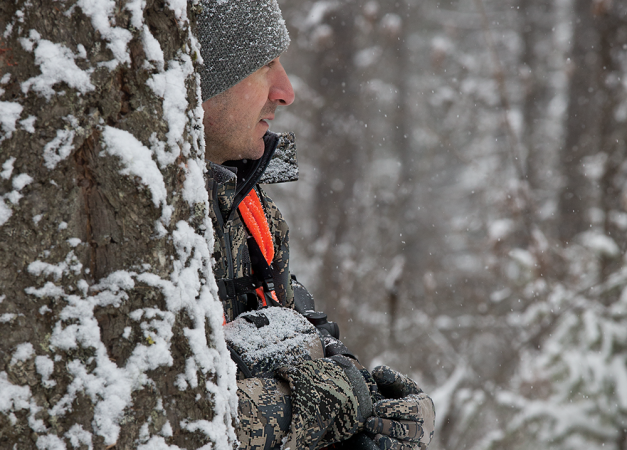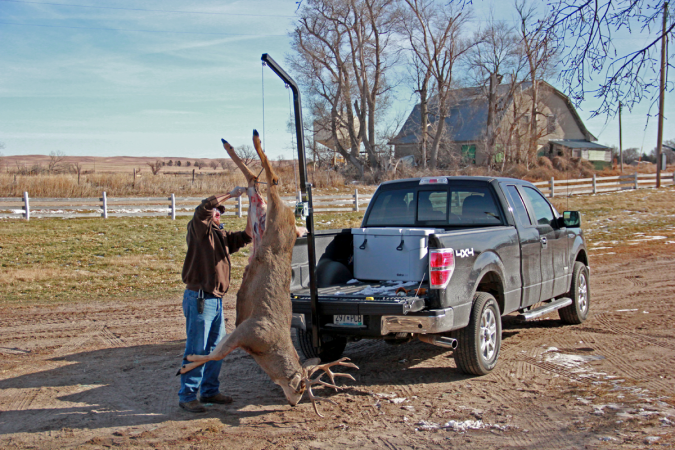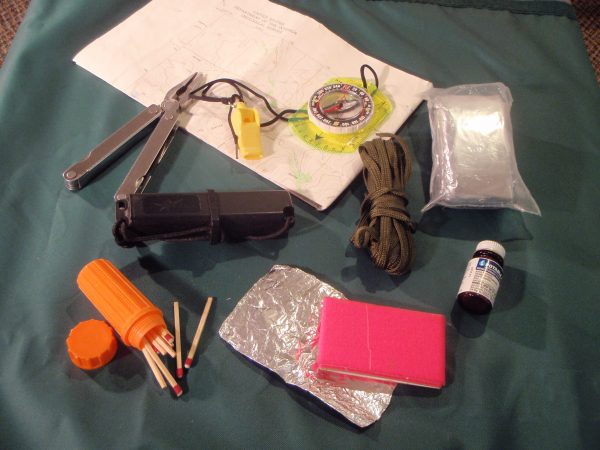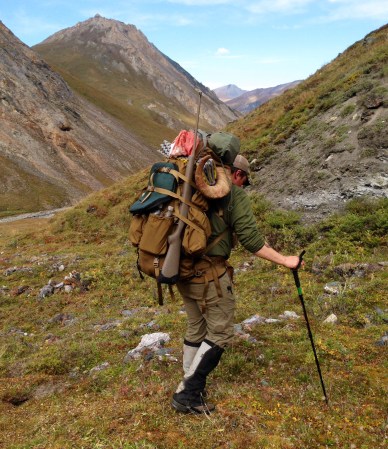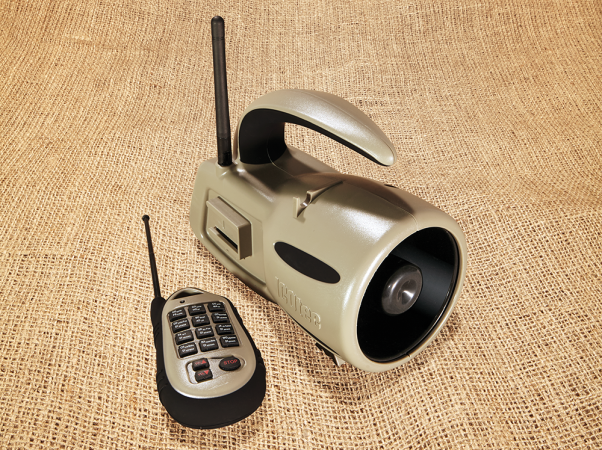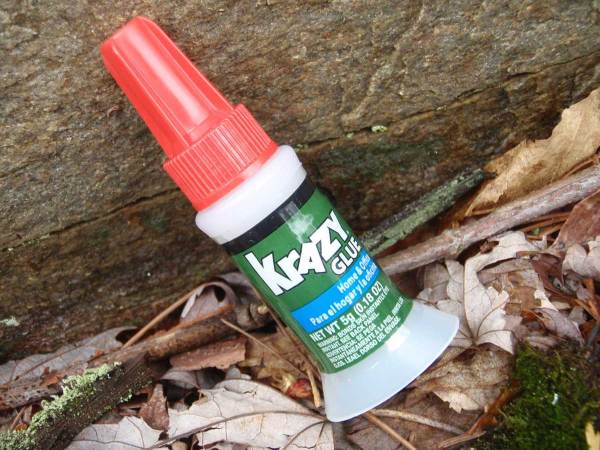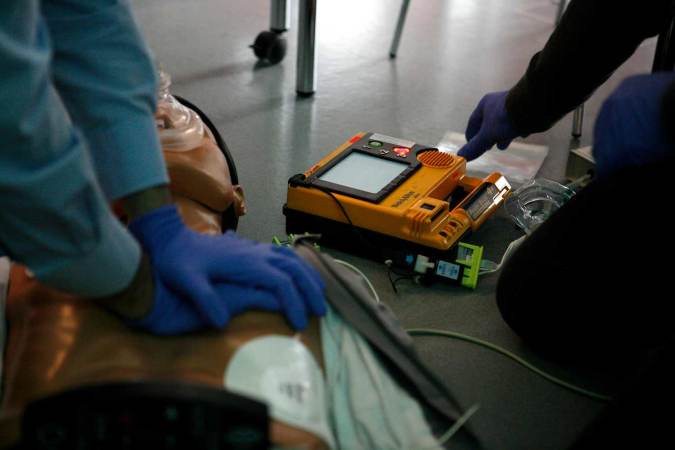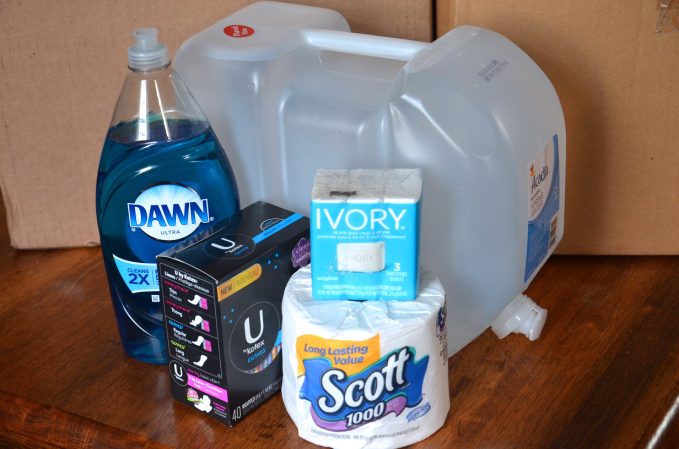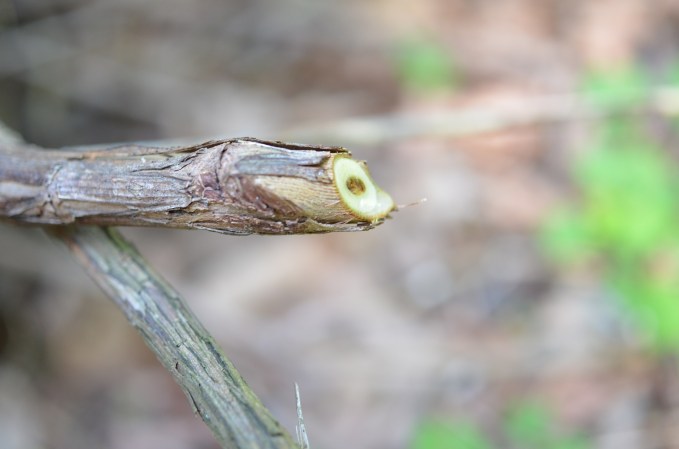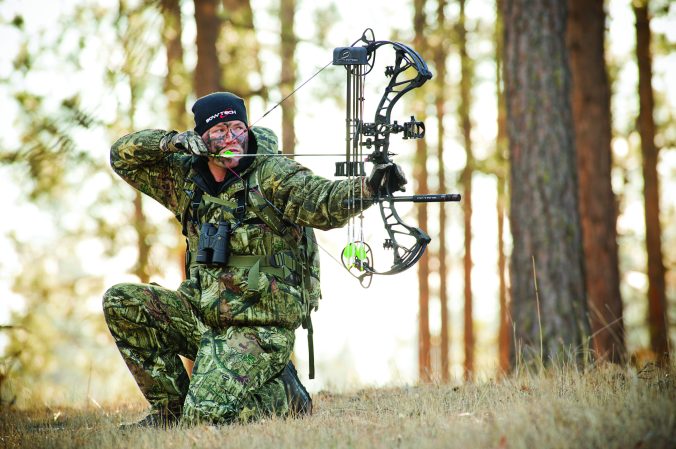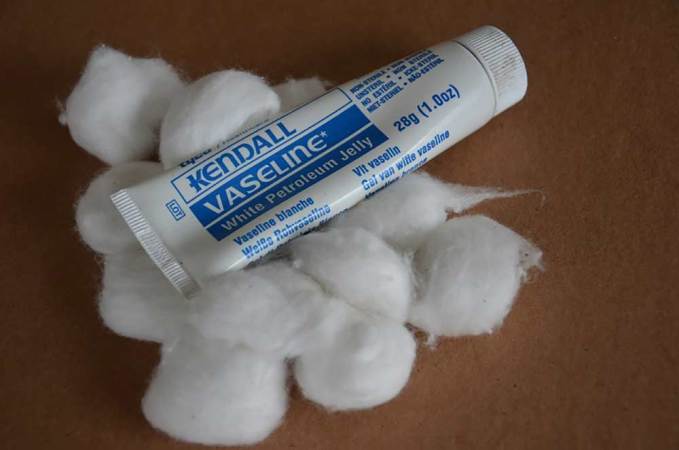We may earn revenue from the products available on this page and participate in affiliate programs. Learn More ›
Water purification is one of the more boring aspects of backcountry hunting, but it’s also one of the most important bases to cover. Beaver Fever (Giardia) and other unsavory parasites might not be lurking in every stream or mountain seep that you find, but you should proceed as if they are. If you don’t, you’re taking an unnecessary chance at getting sick—sometimes very sick.
Fortunately for backcountry hunters and hikers, there are lots of options for sanitizing the drinking water you collect. There are short-term emergency filters like Lifestraw and the Survivor Filter Bottle. There are also high-tech water filters that can cost hundreds of dollars, as well as Steripen UV-treatment water purification tools available.
What is the best choice for backcountry water purification? That depends on who you ask. So, we’ll let you hear what two of our Staff Writers—both of whom are well-versed in the backcountry—have to say about it. Whichever method of water purification you choose, use something, and use it always.
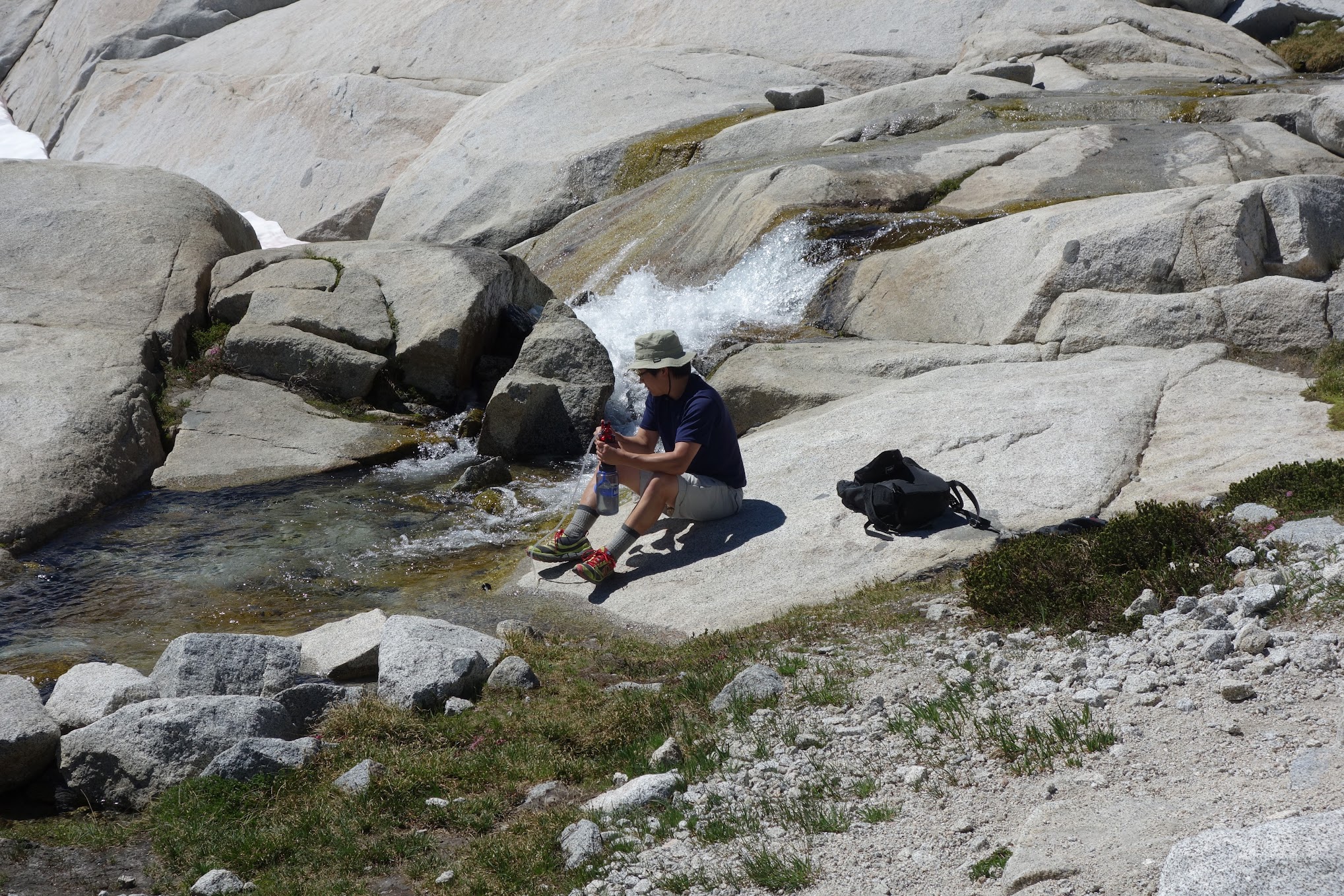
Going Without a Water Filter
By Tyler Freel
To be blunt, I have no use for backpacking water filters. I’ve been hunting Dall sheep annually for almost 20 years and haven’t used a filter for over a decade. Frankly, I can’t understand why anyone would. Making water safe to drink in the backcountry is important, but I don’t believe a filtration system is the best option. Rather, I favor chemical treatment of drinking water in the backcountry. I’m not talking about the nasty old iodine tablets that turn your water orange/yellow, smell bad, and taste worse. I mean chlorine dioxide—a treatment that the CDC recommends.
I’ve been using Aquamira chlorine dioxide water treatment drops since around 2009 for all my backcountry hunts. I’ve pulled water from countless tundra bogs and potholes worn into rocks—often with Dall sheep droppings in or near them. Sometimes you can even see wiggly little critters swimming around your freshly collected water. I’ve choked down floaties, bugs, and silty glacial creek water, and never caught anything (that I know of). I simply treat everything I drink in the backcountry (and sometimes trips are for up to 14 days at a time).
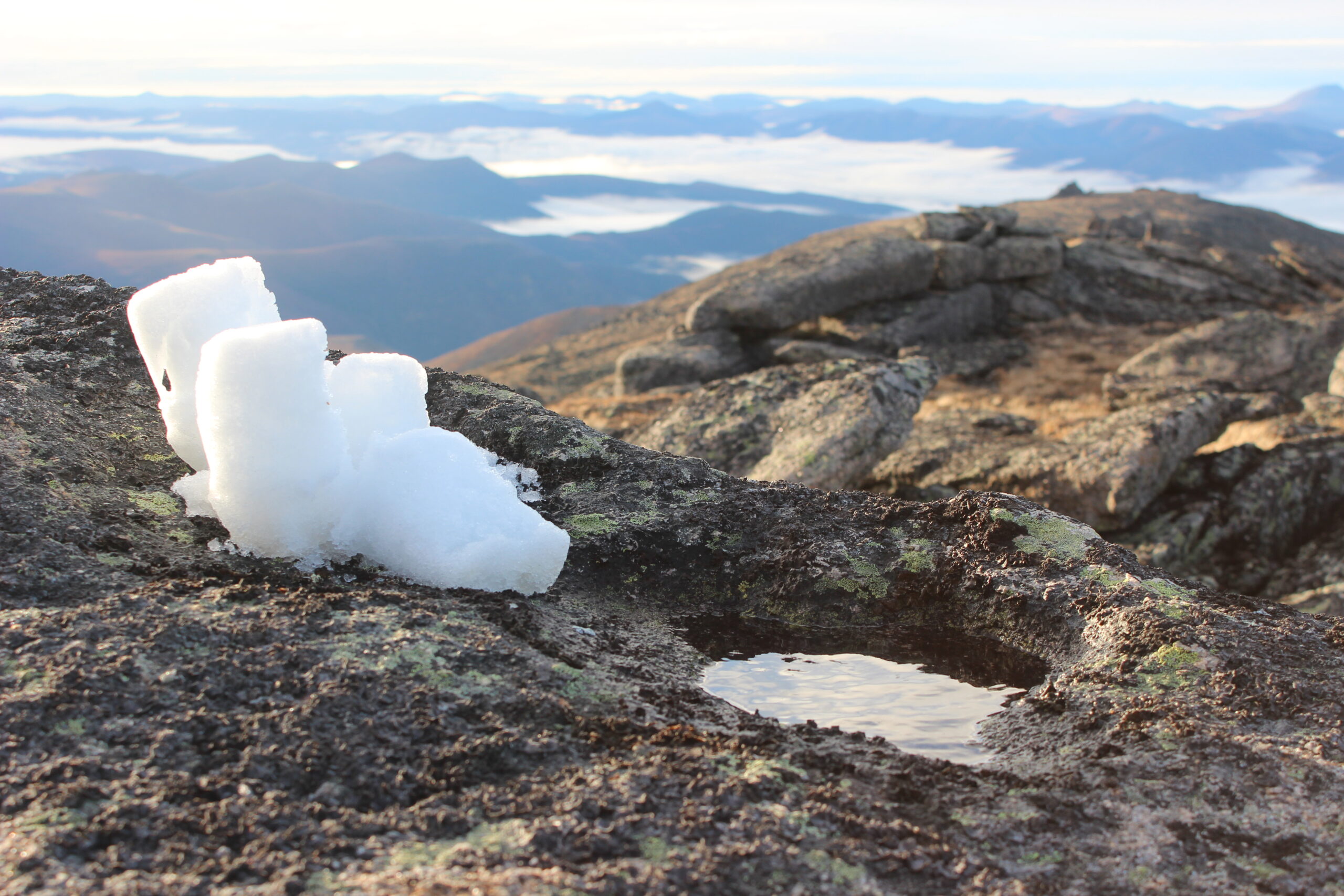
Treatment drops are small and light enough to be stowed anywhere and can make any water safe to drink (as far as parasites go). You can stow it in your bino pouch, and I even keep some in my life jacket when on the water. For me, they completely negate the usefulness of a filtration system in the backcountry.
The Aquamira drops come in 2 parts, A and B. Chlorine dioxide is a reactive chemical and must be made from the two parts right before treating your water. Two 1-ounce bottles will treat all the water you could possibly drink on a backpacking trip or mountain hunt, and 7 drops of each part per liter of water will kill any microbes, parasites, or other crawlies that might make you sick.
The Downside of Filters
Why are you doing that? I think to myself every time I see a picture of someone’s jerry-rigged gravity filter or something similar on a backcountry hunt. Water purification is a necessary chore but choosing a filter for trips that are less than a month just doesn’t make sense to me. I’m sure there are some perks to using filtration systems, but for a backpack hunter, there are some considerable downsides.
Extra Stuff. Most significantly, a water filter or filtration system is yet another piece of gear to pack, carry, and maintain. They don’t take up that much space, but certainly more than two tiny bottles of treatment drops. When the goal is to come out of the mountains with a pack that’s twice as heavy as it was when your pie-in-the-sky ass traipsed in, extra stuff is a hindrance.
Function. There are many different types of water filters, and I have no doubt that some are better than others when it comes to reliability across different types of waters and debris levels. However, whether it’s for water or your 1996 Johnson outboard, a filter is a filter—and filters eventually clog and slow down. Regular maintenance can help with this, but sometimes filters can be finicky, slow, or can get broken or damaged—especially if it’s cold and they freeze up. If your filter goes down, do you have drops as a backup? If so, the filter is extra. Refer back to No. 1.
Time. In some ways, backcountry backpack hunting is as much about the camping as it is the hunting. To hunt effectively, you must have all the necessities taken care of, and that takes time. To be fair, some filters are quick with clean water, and the Aquamira drops take about five minutes to mix before pouring them into your water. Some pump filters are fast, but they can be more complex and bulkier. To me that translates to “breakable” and “extra stuff”.
Cross-contamination. One bugaboo about using filters rather than chemical water treatment is potential crossover between “dirty” water containers and filtered water containers. Filters are great at removing harmful parasites from the water, but you must be careful not to get unfiltered water in or on your clean water containers. If you’re in dry country and need to fill all your water storage from a pothole in the tundra, you’ll have to collect and filter every drop before it touches your drinking containers. This is a non-issue with treatment drops. Collect and store it in any container, just make sure to treat it before you drink. It will kill everything.
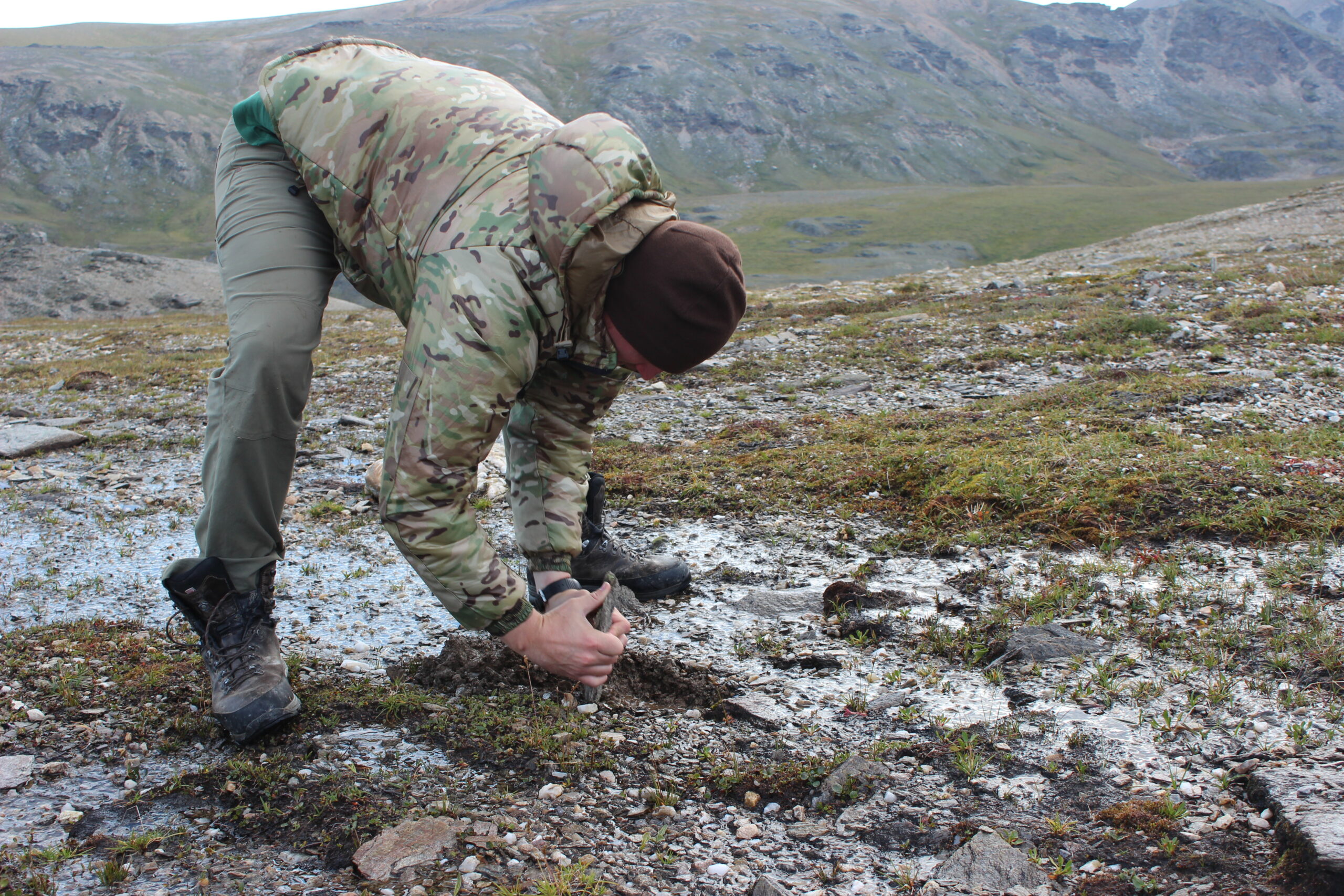
Downsides of Drops?
If there’s a potential downside of using chlorine dioxide drops to treat your water, it’s that you’re consuming a chemical. Unless you’re grossly over-treating your water, the idea is probably much scarier than the reality. Some water treatment plants even use it according to the CDC. Filtering might be a better option if it’s convenient or if you’re particularly sensitive to chlorine dioxide, otherwise it’s just a barely noticeable taste.
A self-evident benefit to filtering your water is that you shouldn’t have to deal with any silt or debris—something that drops can’t fix. The idea of choking down milky, silt-filled water or a few bugs would make some folks gag, but if it’s treated, it won’t hurt you. Suck it up and drink it down. It’ll put hair on your chest.
The Case for New Backpacking Water Filters
By Laura Lancaster
Like Tyler, I went the better part of a decade without using a water filter. I, too, was tired of the tubes and pumps, and the concerns about cross contamination. They seemed more hassle than useful, and I was never confident enough in them to leave my iodine tablets out of my first aid kit.
I carried a SteriPen instead, which uses UV light to wipe out everything: bacteria, protozoa, and viruses. Most of the time, this worked great. I could plop down, press a couple of buttons, swirl the wand for a couple of minutes and be good to go. But the more I backpacked, the less ideal the SteriPen seemed. First off, this is a pretty finickity piece of tech. It doesn’t like humidity, the cold, or to be packed away wet (kind of a problem!). I made it work, but the level of care required to coax the SteriPen to finish the sterilization process on its off days started to get to me.
Also, like Aquamira tablets, the water you get is the water you get. That water source contaminated by cattle? The dead bird at the mouth of the spring in the desert? The murky puddles deep in the forest? Let’s just say that the taste doesn’t exactly inspire me to stay hydrated. Once I noticed leeches had attached themselves to the side of my bottle after I had already consumed half of it (and was 5 miles out from my next water source). In this case, I did not suck it up and drink it down. Another time, an expected water source was dry, and we ended up drinking from a forest service road ditch. The next day I felt terrible.
But in that time, I’d also seen enough people using Aquamira tablets in the backcountry to know that they’re not for me. Hunched over, carefully squeezing just so many drops from Bottle A and just so many drops from Bottle B looks like y’all are conducting a science experiment. When I’m on my last drops of water at the end of a long day of hiking, I want water now, not after some chemical reaction is complete. Worse, it takes four HOURS for Aquamira to work against cryptospordium, which is a common protozoa in some of my favorite places to backpack in the Pacific Northwest. That’s a no go.
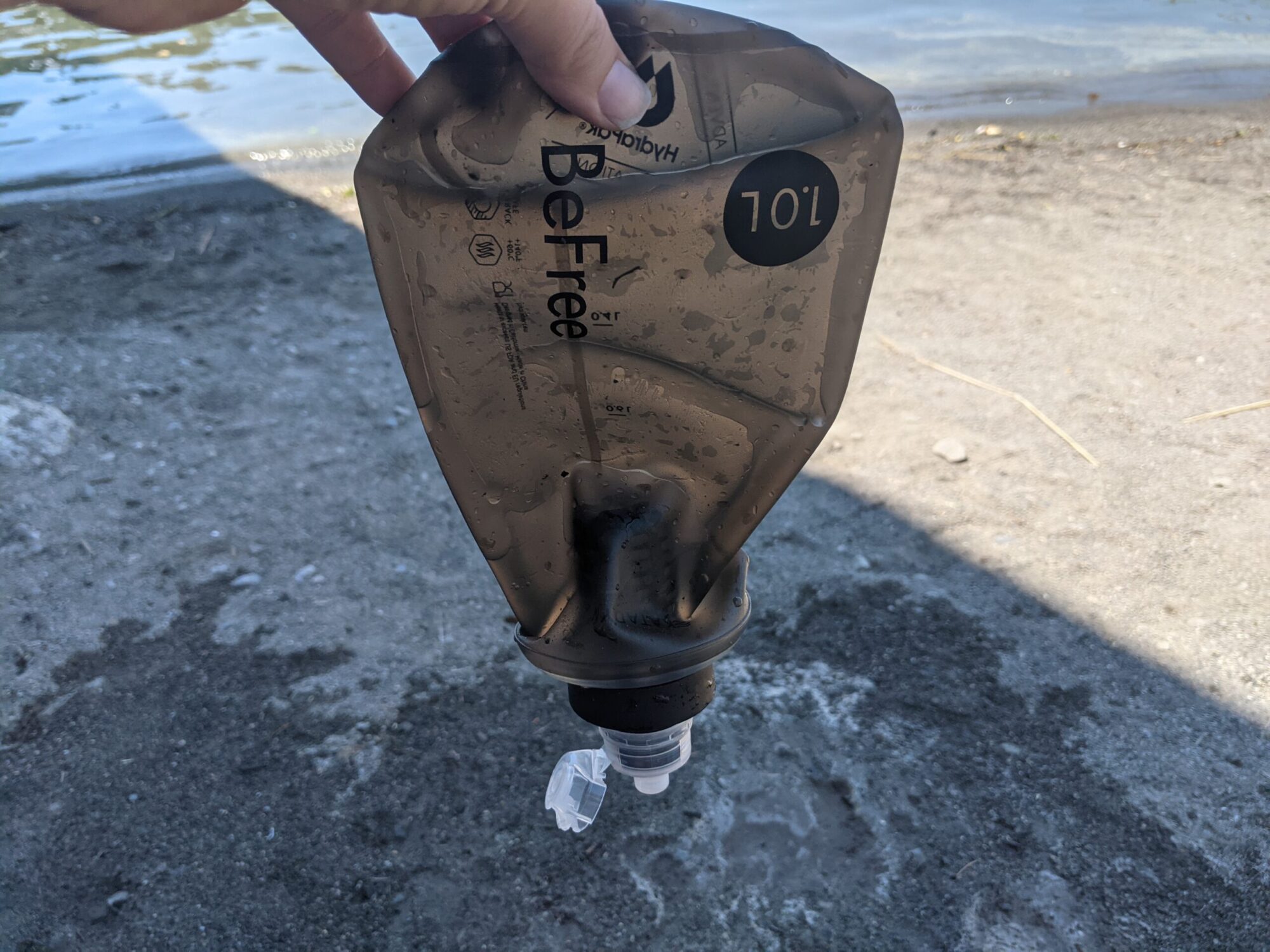
The Upside of Filters
It turns out that while I had my back turned to the water filters, there were some pretty significant improvements to the technology. The most important one is that those pesky tubes, that could be so easily cross-contaminated, are gone. Most of the top backpacking water filters today, including the Sawyer Squeeze, the Kataydn BeFree, and the Platypus Quickdraw have no tubes at all, while others, such as the MSR Guardian, are designed in a way to essentially negate the risk of contamination. No more packing tubes within bags and then stuffing that into another bag with your filter. If your vision of a backpacking water filter is still an old school hand pump, it’s time to trade that in for one of the best backpacking water filters. Here’s what you’ll get.
Weight. One of the most appealing aspects of Aquamira tablets is their weight—three ounces. But are backpacking filters actually heavier? To find out, I weighed three of the top backpacking water filters, which had all been through significant testing, so about as full of grit and grime as they are going to get. I did not include the dirty bag in this weight—after all, you have to carry your water in something no matter what water source you use, and plenty of backpackers drink through their filter directly from their dirty water bag. What I found was that three of the four (the Sawyer Squeeze Mini, Katadyn BeFree, and Platypus QuickDraw) all weighed less than three ounces, while the full-size Sawyer Squeeze weighed only a half ounce more. The ridiculously lightweight Katadyn BeFree only weighed 1.4 ounces.
Cost. The upfront cost of Aquamira is pretty low, but you only get 30 gallons, or about 135 liters, out of that. If you’re going through about six liters a day, you and your hiking partner will need to buy a new set of Aquamira bottles in 11 days. Water filters, which have a higher upfront cost, will generally last a lot longer than this. While I’m dubious about Sawyer’s claim that it can filter 100,000 gallons (it would take ten weeks of nonstop filtering to test this), Assistant Editor and long-time Sawyer Squeeze fan Ashley Thess has used her Sawyer Squeeze for over 30 days in the backcountry, and it’s still going strong. Thru-hikers regularly report using a single filter for the 150+ days it takes to hike the Pacific Crest Trail.
Time. One of the biggest gripes about water filters is that they can take some real elbow grease to use in less-than-ideal water sources. And after testing, I can confirm this is the case for the old-school hand-pump filters. But it wasn’t true for the squeeze models, which maintained a sub-two-minute water flow even when subjected to the most challenging water sources, and bounced back to a sub-minute water flow after cleaning. Even better, the cleaning itself was fast and easy (again, unlike the old school hand-pumps), and in the case of the Katadyn BeFree and the Platypus QuickDraw required no additional equipment (the syringe used to clean the Sawyer Squeeze will cost you an additional ounce in weight to carry on a trek).
Patience. The comparative complexity of the Aquamira system can start to wear on you after a while. Pour exactly seven drops Part A into the mixing cap, then add exactly seven parts of drop B. Wait five minutes. Add to a liter of water. Wait thirty minutes. Repeat for as many liters of water that you need to get to your next water source. I’ve heard of more than one story of people creatively premixing the A and B solution at the start of the day, or even at the start of their trip. This will negate the chemical’s ability to neutralize the pathogens in the water.
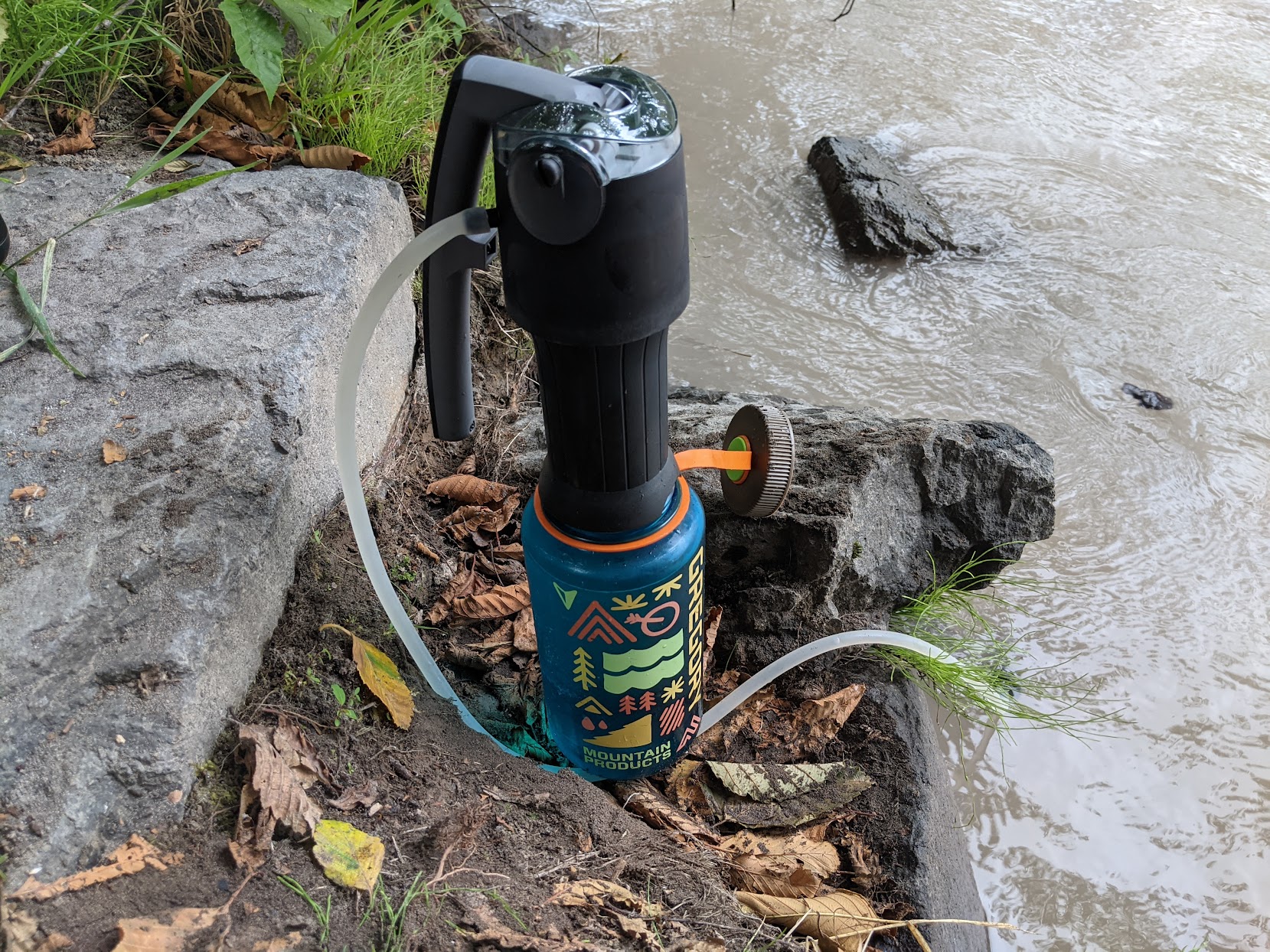
The Real Source of Contamination
By far, the biggest downside of the lightweight squeeze water filters is that they do not filter out viruses, such as norovirus, rotavirus, or Hepatitis A. There are water filters capable of removing viruses, but they come with performance issues. The MSR Guardian can maintain its fast flow while taking out viruses, but is extremely expensive and weighs over a pound. The lighter weight RapidPure Purifier+ can remove viruses in clear water, but clogs up at the first sign of turbidity.
But here’s the thing about these viruses: we’re the ones spreading them. That spring high in the tundra is pretty unlikely to be contaminated by Hepatitis A. You’re much more likely to be infected with one of these viruses if you are exposed to untreated sewage. Increasingly it’s thought that when backpackers and hunters catch a stomach bug in the backcountry that the culprit is simply poor personal hygiene (or, worse, sharing food with someone with poor personal hygiene). So, while you’re buying yourself a new water filter for your next hike or hunt, add some hand sanitizer to your shopping cart: it’ll put hair on your chest.
Read Next: How Long Can You Survive Without Water?

